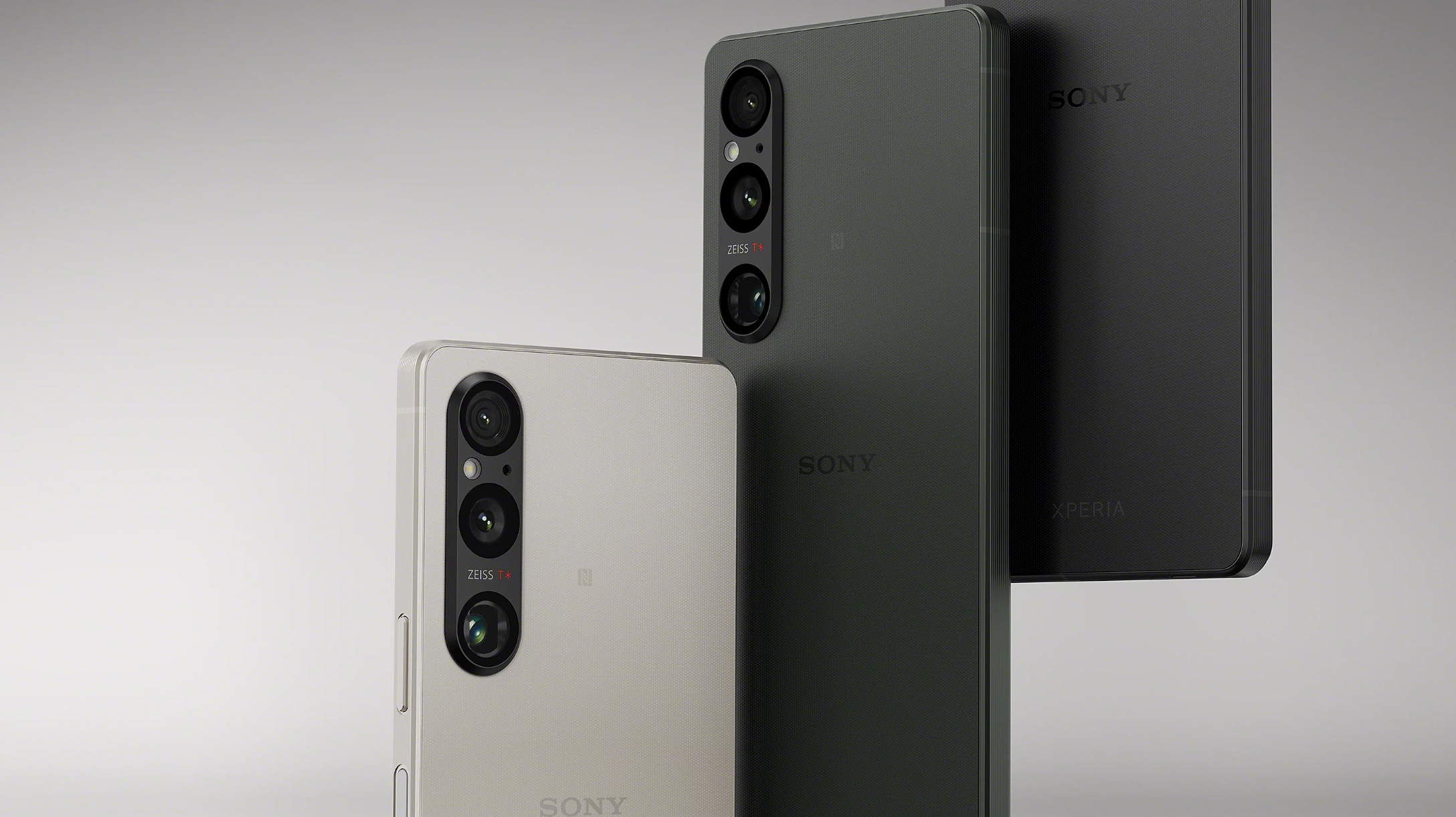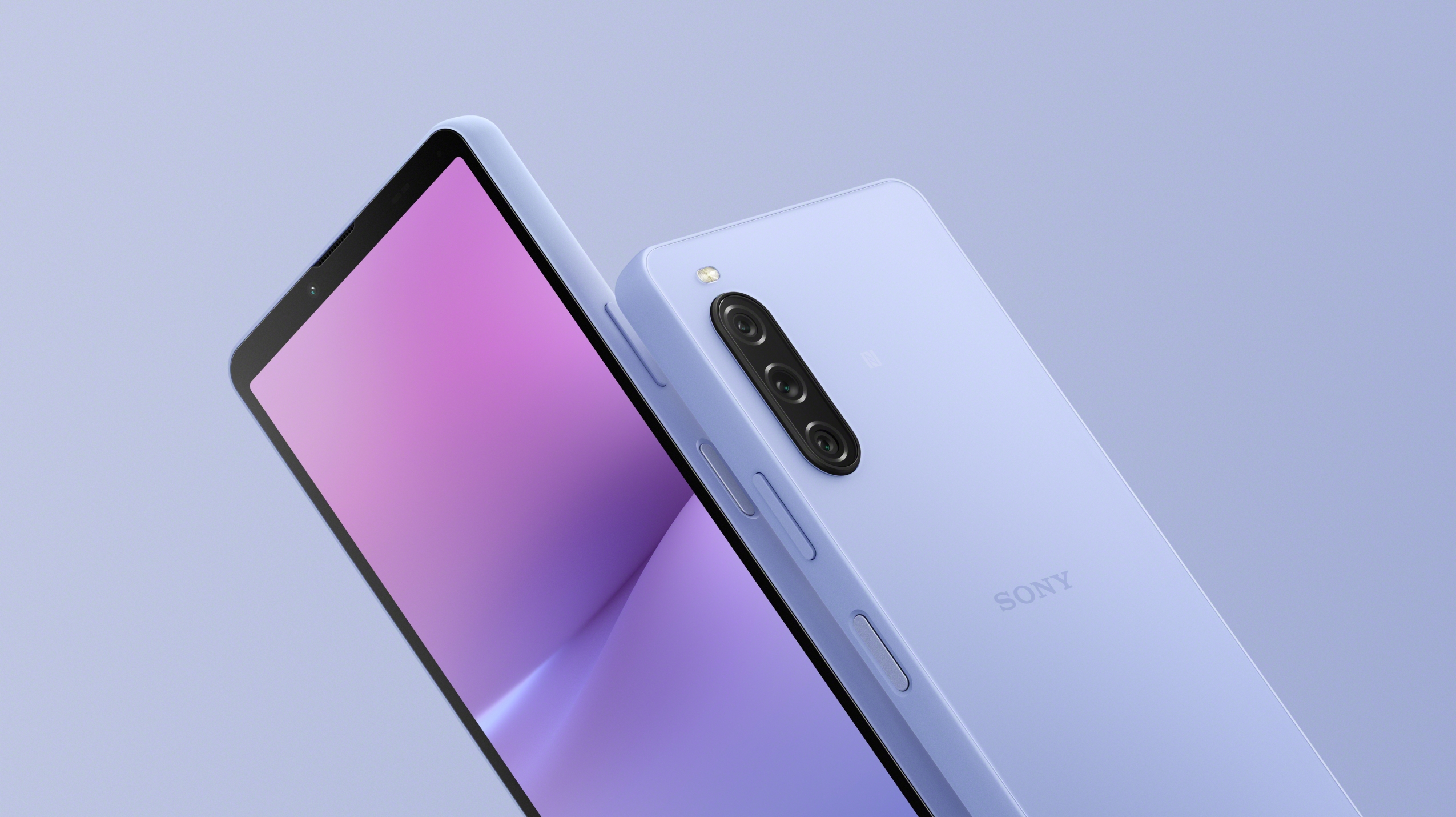Sony Xperia 1 V announced with possibly the best camera for low light shots
But few other upgrades

While most of the tech world is still obsessing over Google’s announcement of the Pixel Fold, Pixel Tablet, and Pixel 7a, Sony has decided to try and steal some of the attention by announcing the Sony Xperia 1 V and the Sony Xperia 10 V.
They’re the company’s new flagship and mid-ranger, respectively, and it’s the Xperia 1 V that’s by far the most interesting of the two.
It's only especially interesting in one way, mind – a lot of the phone's specs are quite similar to those of the Sony Xperia 1 IV – but it looks like the primary camera has had a major upgrade. Here, it’s a 52MP f/1.9 one with optical image stabilization. That’s far more megapixels than the 12MP of the Xperia 1 IV, but it’s the design of the sensor that’s most interesting.
You see, the Sony Xperia 1 V has a new sensor design called Exmor T for mobile. We don’t need to get too deep into the technical details, but it’s 1.7 times larger than the previous phone’s sensor, and can apparently perform two times better in low light.

Note, though, that this is still a smaller sensor than the one used in the likes of the Xiaomi 13 Ultra, despite that also being made by Sony, and while it’s technically a 52MP sensor, the effective area for photos is 48MP, and it pixel bins shots down to 12MP.
In any case, it still sounds like a big upgrade, and it’s joined by the same 12MP f/2.2 ultra-wide and 12MP f/2.3 telephoto cameras as last year, the latter of which being able to zoom between 3.5x and 5.2x optically. There’s also a 12MP camera on the front.
The Sony Xperia 1 V has the expected power upgrade, too, in the form of a new Snapdragon 8 Gen 2 chipset, like you’ll find in most 2023 Android flagships. That’s joined by 12GB of RAM, 256GB or 512GB of storage, and a 5,000mAh battery with 30W charging.
Sign up for breaking news, reviews, opinion, top tech deals, and more.

The screen is a 6.5-inch OLED one with a 120Hz refresh rate and a 1644 x 3840 resolution, just like on the Xperia 1 IV, and the design is similar too, with sizeable bezels above and below the screen, a glass back (clad in Gorilla Glass Victus 2 in this case), and a metal frame. The phone also has both an IP68 and IP65 rating, giving it marginally better water resistance than most handsets.
It comes in a choice of Platinum Silver, Black, and Khaki Green shades, and it will be available to pre-order from June 14 in the UK, before shipping on June 29, with the price starting at £1,299 (around $1,635 / AU$2,425).
Pricing and availability in the US are yet to be confirmed, though, and we probably won’t see this phone in Australia, going by past form. As usual with Sony, this is an expensive phone, but in the UK you do at least get a pair of Sony WH-1000XM5 headphones thrown in if you pre-order.
From high-end to mid-range

As for the Sony Xperia 10 V, that’s a lot more affordable, costing £399 in the UK (around $500 / AU$745) and going on sale from mid-June. As with the Xperia 1 V, though, we’re yet to hear price and availability details for other regions.
Specs for this phone include a 6.1-inch, 1080 x 2520 OLED screen, a Snapdragon 695 5G chipset, 6GB of RAM, 128GB of storage, and a 5,000mAh battery.
It also has a 48MP main camera (though not the same one as the Xperia 1 V), an 8MP ultra-wide, and an 8MP telephoto offering 2x optical zoom.
There’s an IP68 and IP65 rating for water resistance too, but on paper it only sounds like the main camera has had much of an upgrade here, as even the chipset is the same as in the Sony Xperia 10 IV. That said, Sony has at least added stereo speakers and made the display brighter.
James is a freelance phones, tablets and wearables writer and sub-editor at TechRadar. He has a love for everything ‘smart’, from watches to lights, and can often be found arguing with AI assistants or drowning in the latest apps. James also contributes to 3G.co.uk, 4G.co.uk and 5G.co.uk and has written for T3, Digital Camera World, Clarity Media and others, with work on the web, in print and on TV.